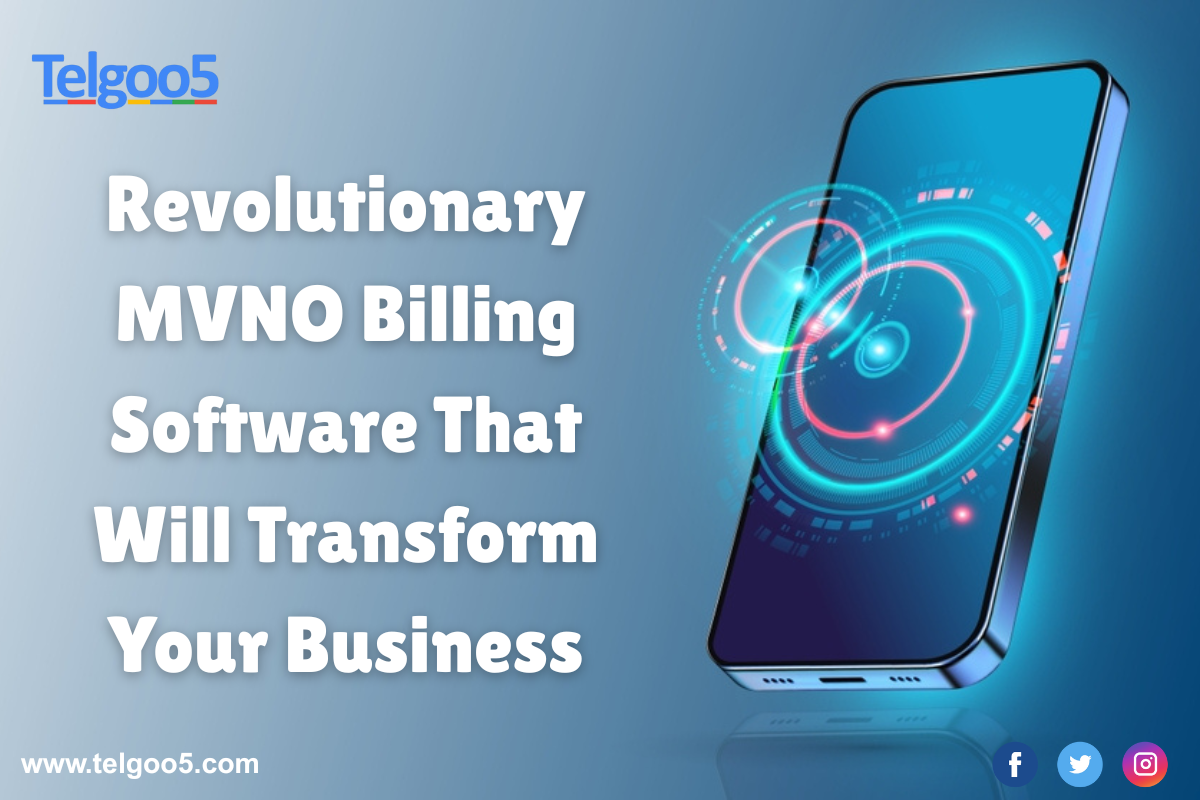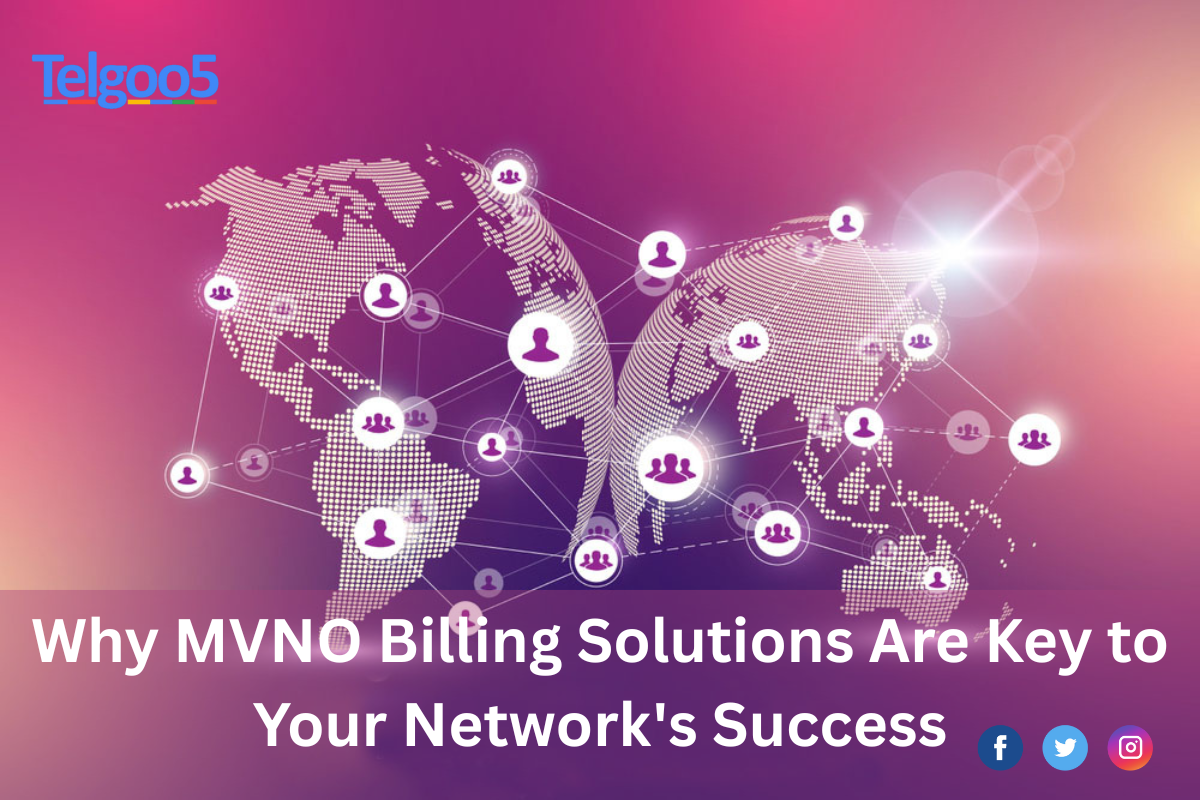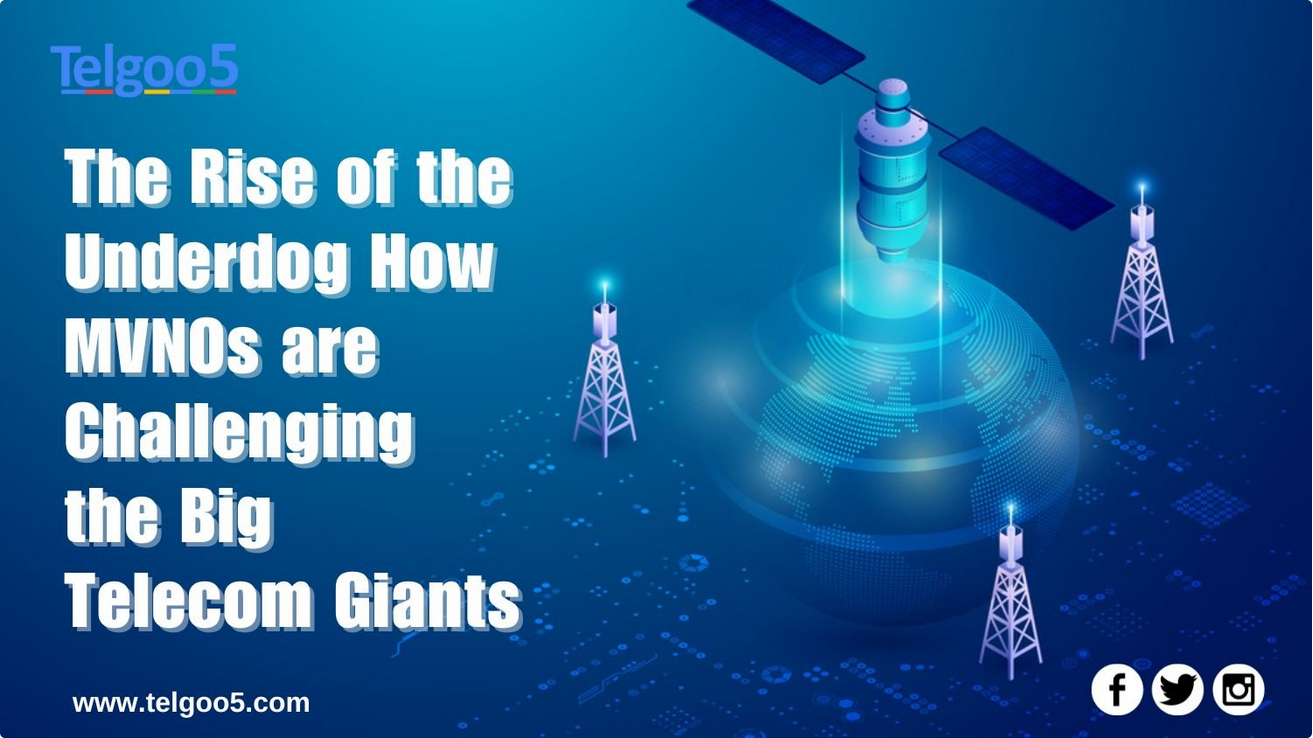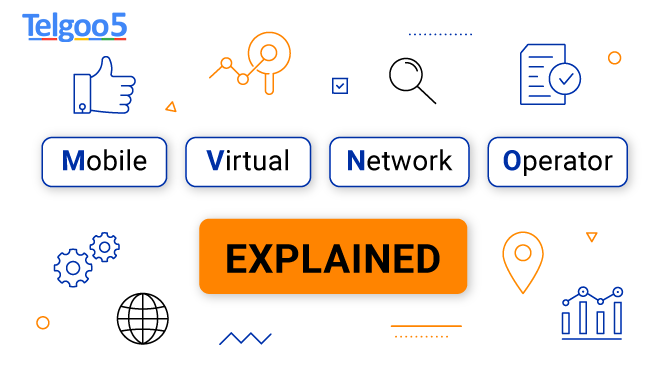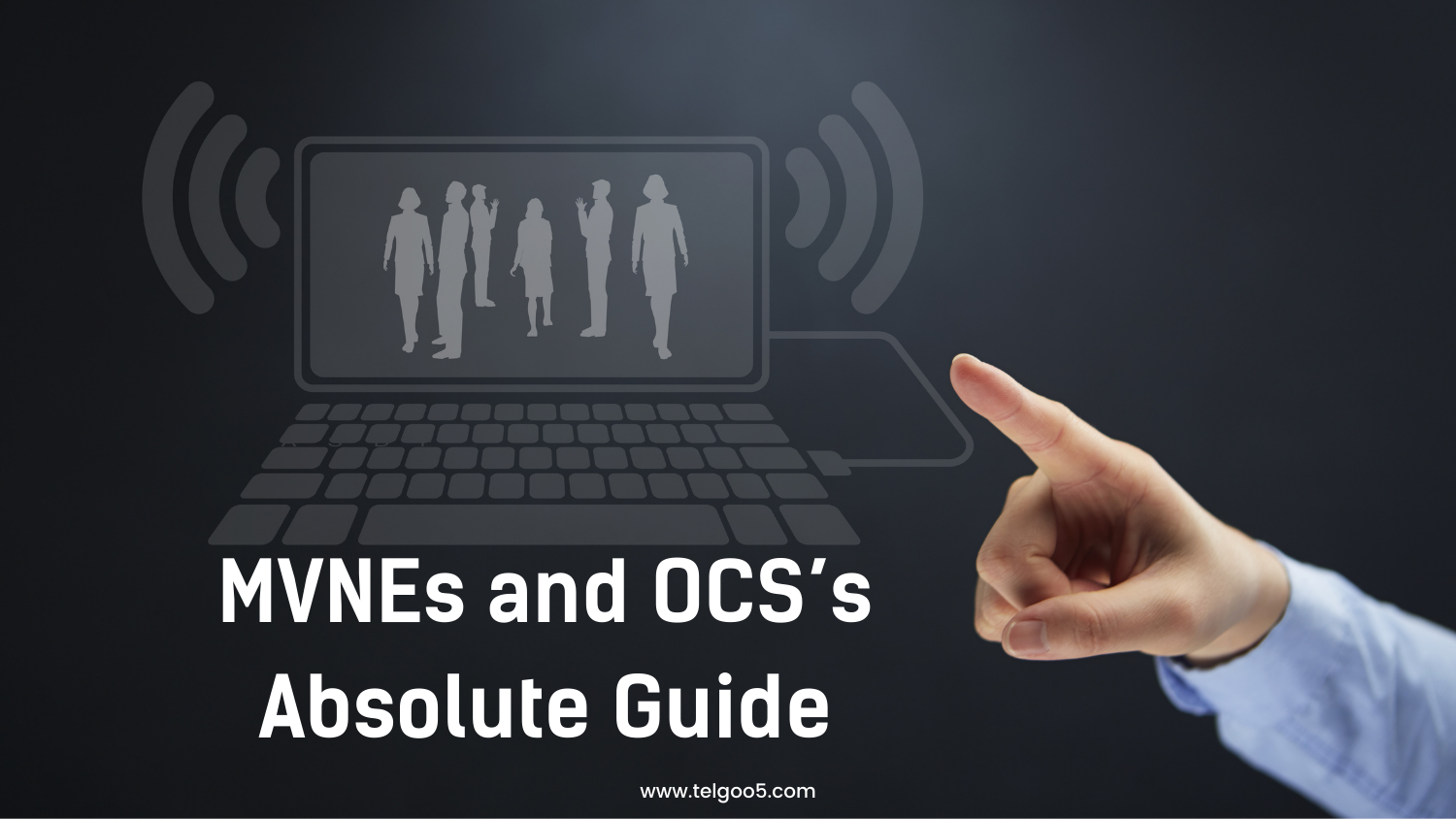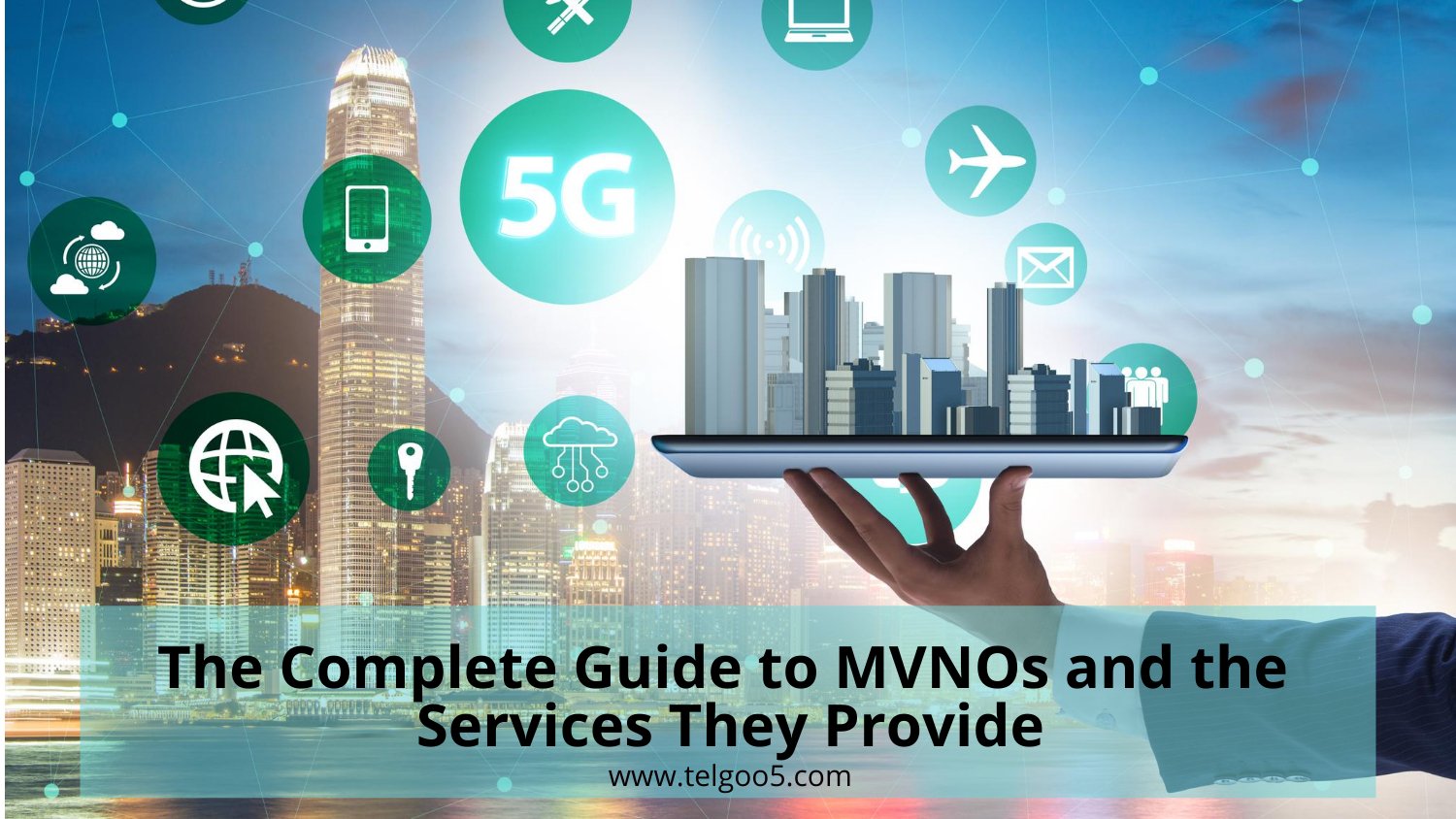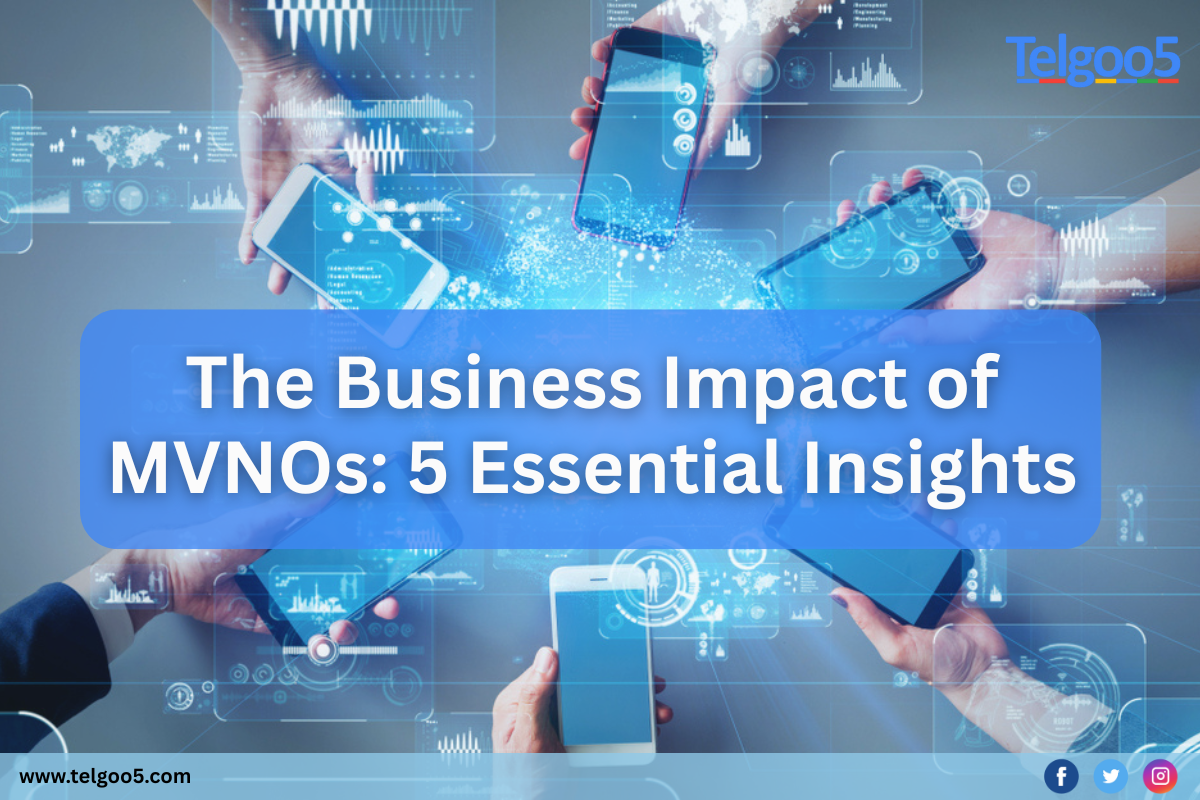mobile virtual network operators
Find the best Mobile Virtual Network Operator (MVNO) to save your cell phone bill. Compare plans now!
Contact us today to get a consultation!
Send us a message to get answers to any of your questions & we'll get back to you within 24-48 hours or as soon as possible.

